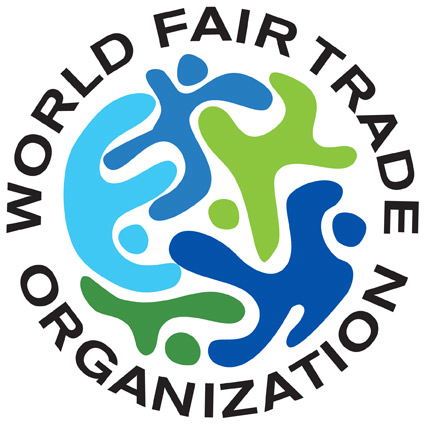Maya Traditions was born from strong partnerships with cooperatives of indigenous female artisans. Today, these relationships remain central to our work and mission. This month, we asked our staff to share stories that have impacted them personally and inspire them on a daily basis. Here, we share a few of their responses:
Spotlight: Marta
I have been working with Maya Traditions only since March of this year, but when we were asked to write about an experience with an artisan that inspired us, I knew I already had many stories to choose from. I have had the priviledge of interacting and learning from many of our collaborating artisans, but I think one of the most inspiring moments came when my co-worker, Isabel, and I traveled to Chuacruz to do a workshop with the women there.The workshop was intended to help the women improve the visitor experience at the cooperative so we mainly focused on customer service, communication skills, and making the demonstrations they do more comprehesive. As the workshop got started, I noticed a young women lingering near the back who I had not met before. She was accompanied by an adorable little boy about 2 years old and had a slight baby bump. As a young woman, she definitely stood out because our cooperative in Chuacruz is getting older–they have been in existence since the late 1980s and have had trouble attracting younger women to the cooperative.After giving the workshop, we asked the women to divide themselves into two groups with one group leader/coordinator each. We would be back to do a trial-run of the newly improved visitor experiences and demonstration with each group at another time. We were finally able to return to Chuacruz about one week later to see the two newly-formed groups in action. Much to my surprise, the young woman stood up as the leader of group two.Her name was Marta, and she was about to nail the demonstration. To my surprise, she spoke assertively and confidently in Spanish–most people in the community only speak Kaqchikel–and hit all the important points that we had laid out in our workshop the previous week. Clearly she had been paying attention, had retained and understood all of the information, and was now communicating it to her audience like a pro. She made all of us so proud and it was obvious that she had proven herself to her fellow artisans. She had found her place among them as a leader, as someone that they could be proud of.Marta is a prime example of the type of woman we are hoping to empower in the communities we work with. A young indigenous woman, just starting her family, that still holds up the age-old traditions of her elders with a dignity and confidence that is truly inspiring. Go Marta!
Spotlight: Cecilia
When I was interning in the fall of 2014 with Maya Traditions, I was eager to take a backstrap weaving class with an artisan to understand the process a bit better. I had taken a foot loom weaving class in college and had already determined that I was bound to be a weaving aficionado, not a weaver myself, but as a volunteer or employee with Maya Traditions getting your hands dirty isn’t really an option.
I set up my class with Cecilia from our weaving cooperative in San Juan. While I waited for her daughter to set up the space where I was to weave, Cecilia settled her new baby into its innovative Guatemalan cradle, also known as a mini-hammock. She then showed me how to prepare the threads for the pattern we were to weave. She watched as I tried to replicate her pattern and made sure I didn’t make any mistakes.
Next we prepared the loom with thread, any weaver’s most dreaded experience because it is extremely tedious and it has to be set up perfectly before you can begin to weave. She did most of the set up in such a patient manner that I would not have been able to achieve. She then sat down and started the weaving process for me while I observed. She had done a couple of inches and had me sit down to try. Pulling the threads up to create a shed was so difficult for me! These weavers have such nimble and delicate fingers to create intricate designs, but are also so strong to be able to lift such tight threads during the weaving process.
In the end, I only ended up weaving 6” of my 45” scarf. Cecilia learned how to weave from her mother when she was 10 and her daughters were able to help me when Cecilia was busy taking care of her baby. I have so much respect for these women who pass down the tradition of backstrap weaving from one generation to the next. This was my first experience spending an entire day in the home of an artisan.
Although there were language and cultural barriers between Cecilia and myself, she was such a gracious host and patient teacher. I like to say we wove a friendship that day and I look forward to many more life changing experiences with our weavers!

Member of the
World Fair Trade Organization